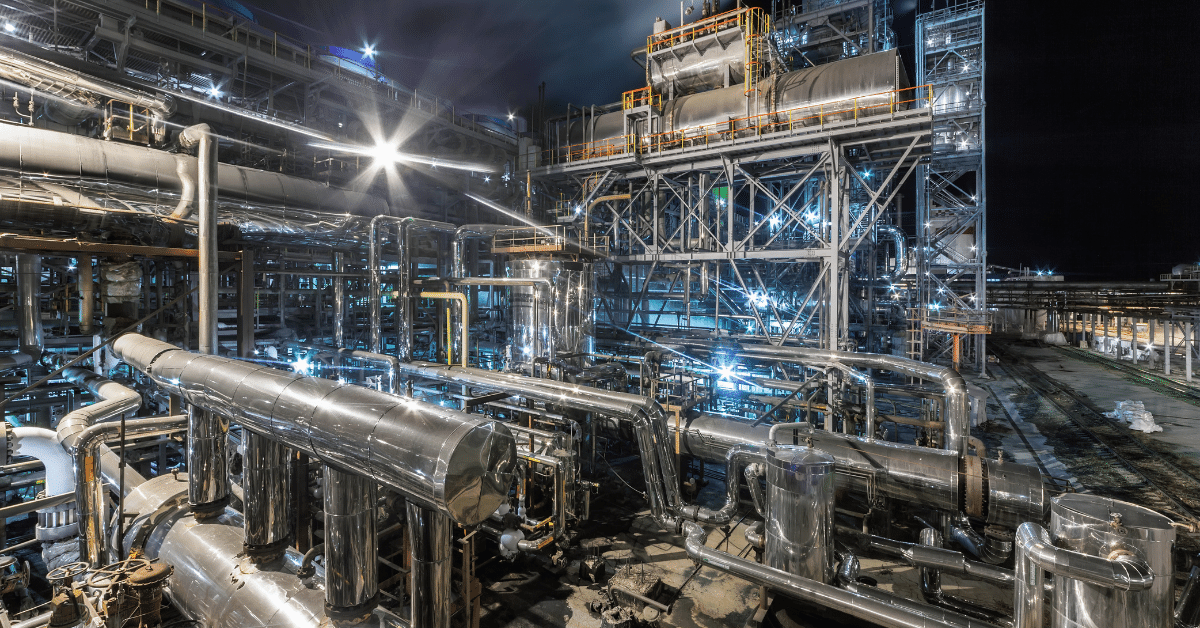
Sec Sch Chapter 19 Ammonia
Although he received the Nobel Prize in Chemistry for the synthesis of ammonia, Haber was controversial for his role in developing Germany's poison-gas program during World War I. Fritz Haber's synthesis of ammonia from its elements, hydrogen and nitrogen, earned him the 1918 Nobel Prize in Chemistry. His process was soon scaled up by BASF’s great chemist and engineer Carl Bosch and became known as the Haber-Bosch process, considered by many as one of the most important technological advances of the 20th century. Haber’s breakthrough enabled mass production of agricultural fertilizers and led to a massive increase in growth of crops for human consumption. Despite the uniqueness of its history, this gas is not unfamiliar for its unique smell to students; a smell that pierces the nostrils of any student brave enough to take a sniff, leaving a most memorable impact for the next few days as a nasal neuronal recall. This gas is the main feature of chapter 19 with a main focus on the procedure and conditions needed for its creation. The course is designed to aid students to model scientific breakthroughs and appreciate the importance of industrial scaling, hoping to inspire students that interests in chemical development and research could lead to a lofty prize: the next Nobel Prize for the invention of a gas reeking of flatulence might just go to you.

Login
Accessing this course requires a login. Please enter your credentials below!
